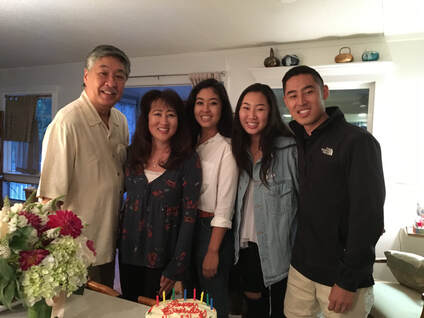
I think the fact that my grandparents lived through a time where their loyalty to the United States was questioned, had a large impact on how they were to raise their children. In the 1950s and 60s, my parents lived pretty assimilated lives in Los Angeles County while also maintaining a connection to their Japanese heritage. My dad was quite connected to his extended Japanese family, he played basketball with other Japanese Americans, and worked in Little Tokyo as a high school student. My mom had a large group of Asian-American family friends from Hawaii and many of her lifelong best friends are Japanese American. Their mix of Japanese and American upbringings influenced them to, therefore, raise me in a similar way.
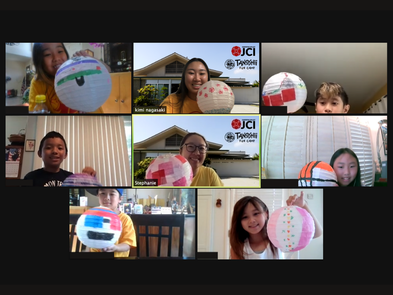

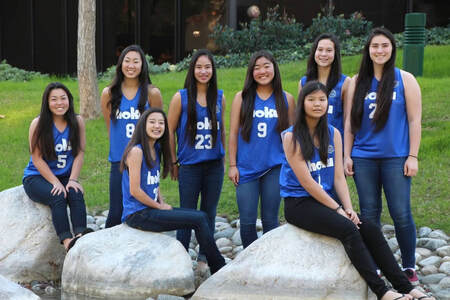
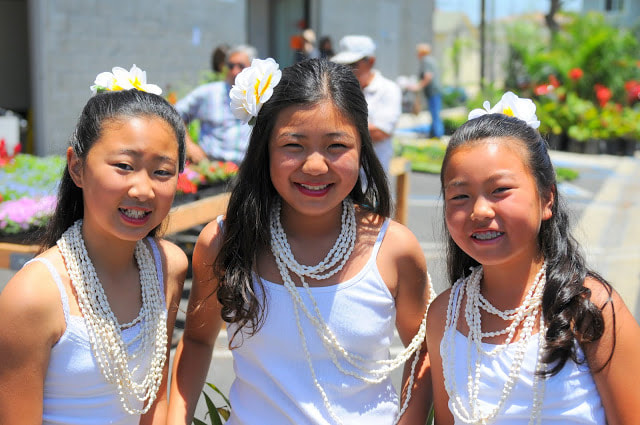

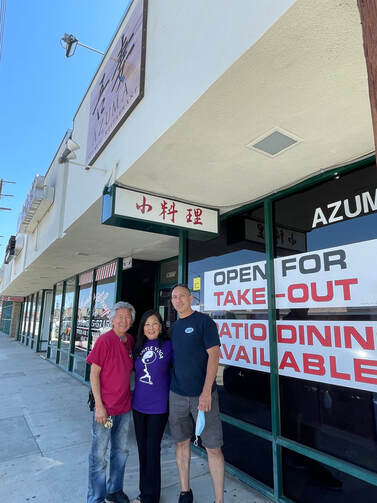

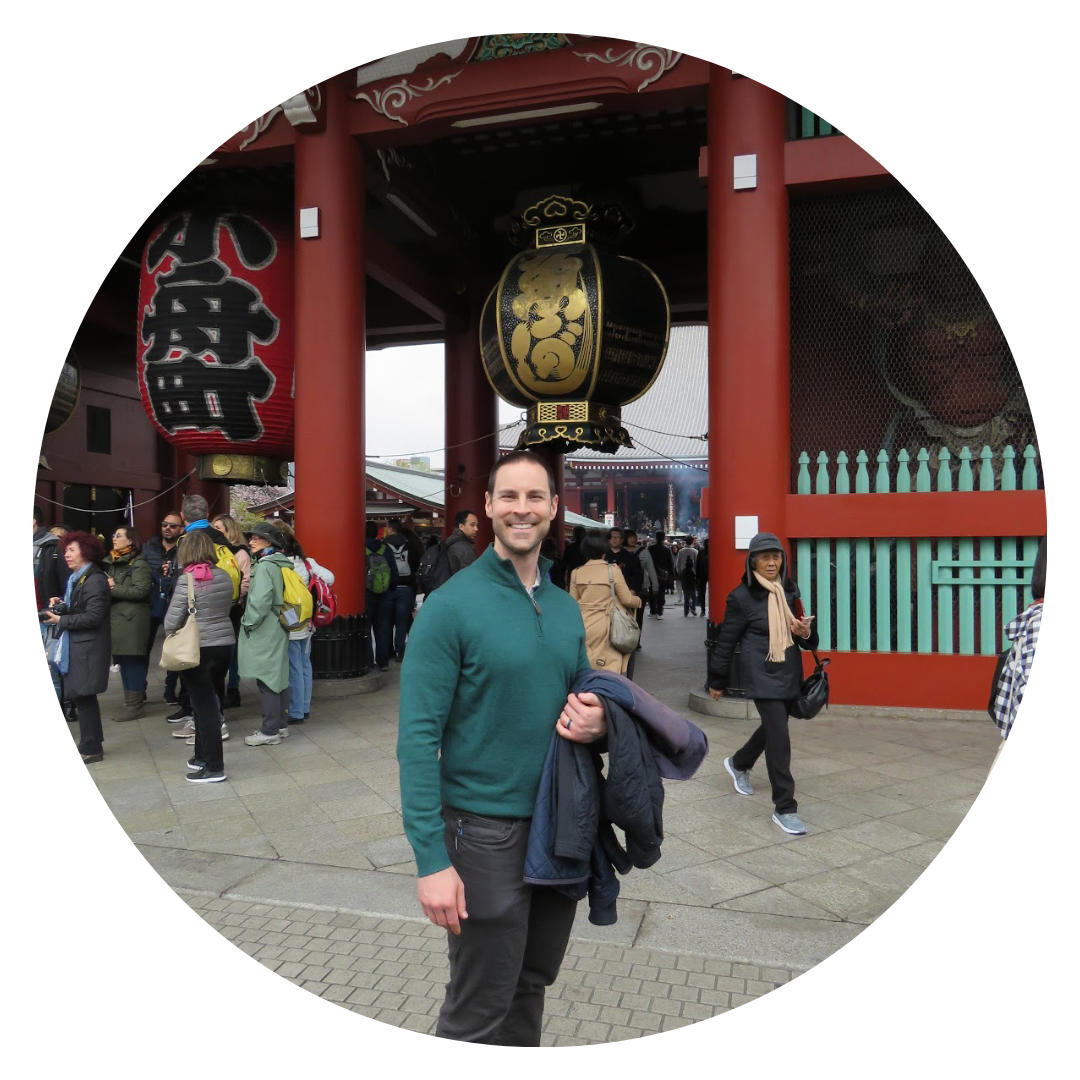
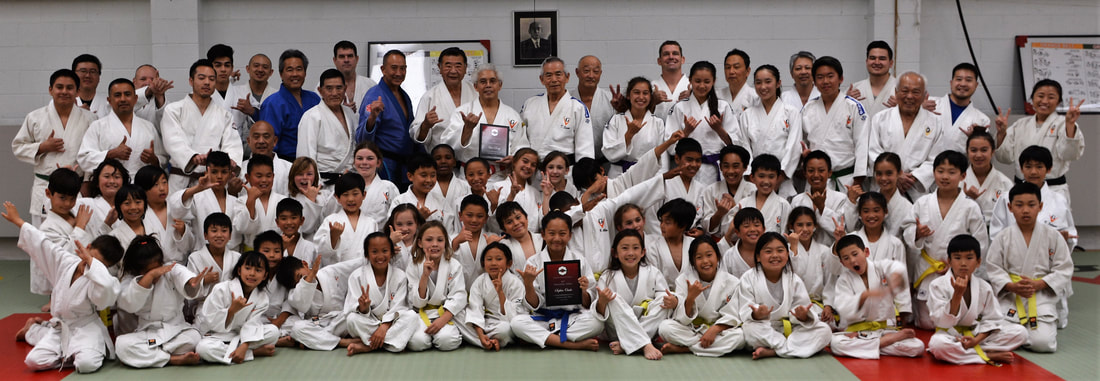
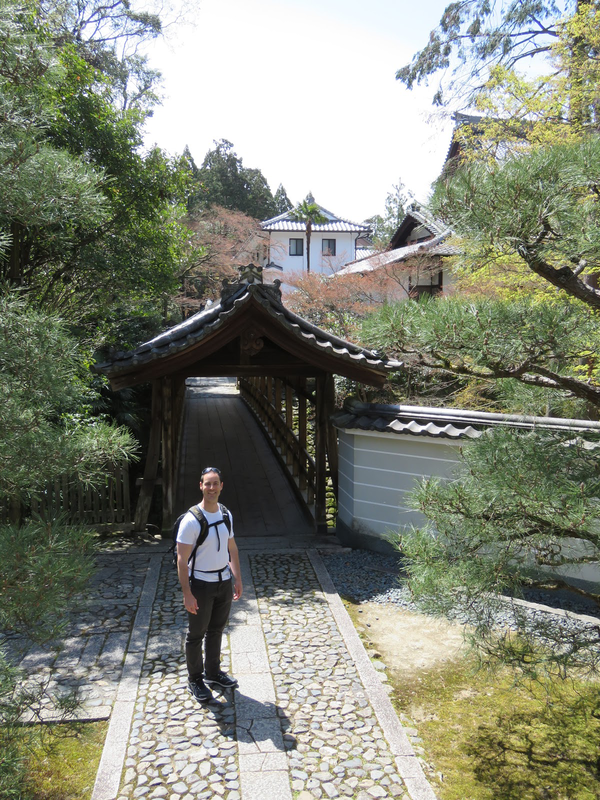
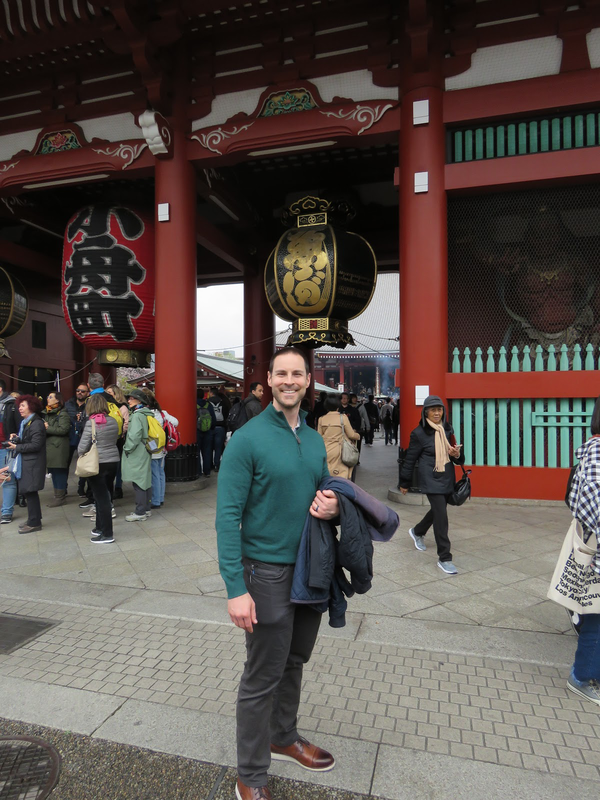
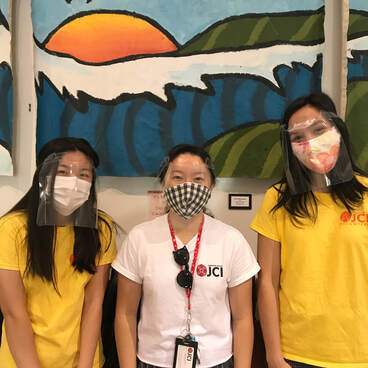

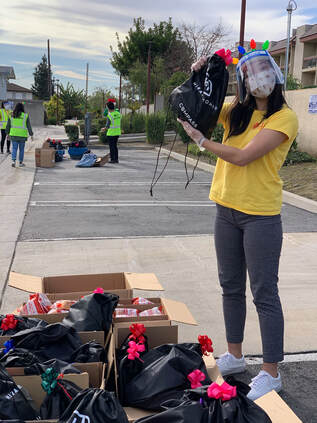
 RSS Feed
RSS Feed
